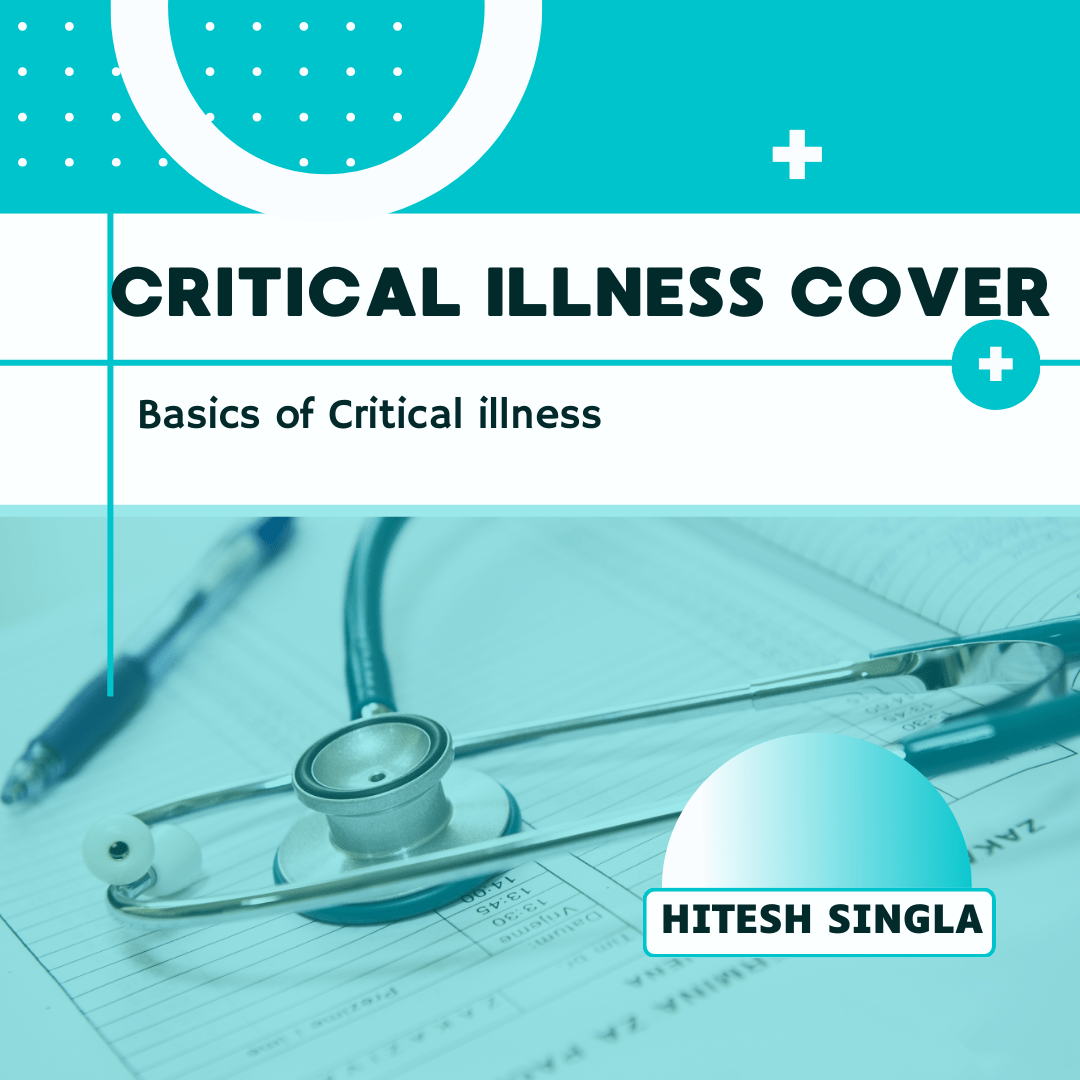This Discussion is again a continuation of our discussion which we had las year, I Have kept the ELSS just 1 year discussion as this is the time most people start think about how to invest and take that tax benefit. Lets first give you peek to last year discussion click this link and you would can see what was status of the funds . From the last fund discussion , the following funds are not part Franklin India ELSS tax saver fund Kotak ELSS Tax Saver Fund – Growth HSBC ELSS Tax Saver Fund (G) Parag Parikh ELSS Tax Saver Fund (G) In its place I have added Quantum ELSS Tax Saver Fund Reg (G) Mirae Asset ELSS Tax Saver Fund Reg (G) This could be various reasons they have not performed at that level. AUM is Still small. Also i wanted to restrict to top 10 funds by returns. And than delve deeper to see what was the reason they performed . As i alway say and want you to be very aware about your asset allocations and you need to to understand which fund would fit in your portfolio , take help of an advisor . You can book a call with us to help with financial planning and personal finance click this link and book your slot. Fund Name Year Of inception Fund rating ( Crisil rated ) Portfolio Size ( In Cr ) Expense ratio PE ratios Exit Load Benchmark HDFC ELSS tax saver fund Regular Growth 1996 5 17194.6 1.7 22.39 3 years Lock-in Nifty 500 TRI Quantum ELSS Tax Saver Fund Reg (G) 2008 4 224.18 2.09 18.98 3 years Lock-in BSE 500 TRI Quant ELSS tax saver fund ( G) 2000 2 12444.11 1.64 23.58 3 years Lock-in Nifty 500 TRI Mirae Asset ELSS Tax Saver Fund Reg (G) 2015 4 27069.09 1.54 21.73 3 years Lock-in Nifty 500 TRI SBI long term equity Regular Growth 2007 5 31782.82 1.57 20.06 3 years Lock-in BSE 500 TRI DSP ELSS tax saver fund 2007 5 17241.31 1.63 17.60 3 years Lock-in Nifty 500 TRI JM ELSS Tax Saver Fund (G) 2008 3 224.19 2.37 27 3 years Lock-in BSE 500 TRI Bank of India ELSS Tax saver fund regular Growth 2009 1 1417.05 1.97 23.04 3 years Lock-in BSE 500 TRI Axis ELSS Tax saver fund 2009 2 35171.95 1.54 27.75 3 years Lock-in Nifty 500 TRI Motilal Oswal ELSS tax saver fund Growth 2015 4 4514.53 1.80 44.18 3 years Lock-in Nifty 500 TRI HDFC ELSS tax saver fund Regular Growth : The fund rated as 5 star by CRISIL, this rating has improved from last time, launched in 1996. The current portfolio size of Rs 17,194.6 cr with expense ratio of 1.7. The fund’s current PE is 22.39. The fund is following the benchmark of NIFTY 500TRI. Quantum ELSS Tax Saver Fund Reg (G): This fund is a new entry in our discussion, was launched in 2008, Currently rated as 4 Star by CRISIL. Very small fund size of 224.18 cr. High expense ratio of 2.09. PE of the fund is 18.98. The fund is benchmarked against BSE 500 TRI. Quant ELSS tax saver fund : This fund was launched in the year 2000 , The CRISLI rated as 2 star , the fund has been losing its star rating since last year it was a 3 star rated fund. The AUM of the fund is 12,444.11 cr with expense ratio as 1.64. The fund has a high PE of 23.58. Benchmark against NIFTY 500 TRI Mirae Asset ELSS Tax Saver Fund Reg (G): This is another fund which has made an entry into the discussion. The fund was launched in 2015, Currently rated 4 star by CRISIL. By size this is the 3rd largest fund in the category with AUM of Cr 27,069.09. Expense ratio of 1.54. PE of 21.73. Benchmarked against NIFTY 500 TRI SBI long term equity Regular Growth : This fund was launched in the year 2007, Currently rated as 5 star by CRISIL, the fund has maintained its rating from last discussion. The fund current is 2nd highest AUM In category Cr 31,782.82 , a great increase in the fund AUM from 27,559.31 cr, with expense ratio of 1.57. PE of the fund is 20.06. Benchmarked with BSE 500 TRI. DSP ELSS tax saver fund: The fund was launched in the year 2007, Currently rated 5 star by CRISIL, the rating has improved from last 4 star. Decent fund size of 17,241.31. Expense ratio of 1.63. PE of 17.60. Benchmarked against NIFTY 500 TRI. JM ELSS Tax Saver Fund (G): The fund was launched in the year 2008, Currently rated as a 3 star fund , its rating has crashed from last time. It was rated 5 stars last year. The fund has a very small size of 224.19 Cr. THE current PE of 27. Benchmarked against BSE 500 TRI. Bank of India ELSS Tax saver fund regular (G): The fund was launched in the year 2009, rated 1 star by CRISIL, down from 3 star last year. The AUM of 1417.05 has de grown from last year of 1435.9 Cr. High expense ratio of 1.97. PE of 23.04. Benchmarked against BSE 500 TRI. Axis ELSS Tax saver fund (G) : This fund has the biggest fund size in the category and was launched in 2009, currently rated 2 star by CRISIL, the rating has moved up from 1 star last year. Fund AUM is 35,171.95 cr massive increase from last year 26,533.13 cr. The expense ratio of the fund is 1.54. PE of the fund is 27.75. Benchmark against NIFTY 500 TRI. Motilal Oswal ELSS tax saver fund (G) : The fund was launched in 2015, Currently rated as 4 star, rating has been downgraded from 5 star last year. The AUM of the fund is 4514.53 cr. The expense ratio of the fund is 1.80. PE of the fund is 44.18. The benchmark of
A critical illness plan is a type of insurance that provides a lump-sum cash payout if you’re diagnosed with a life-threatening condition listed in the policy. It’s designed to supplement your existing health insurance, giving you a financial safety net to cover expenses that regular health insurance might not. What is a Critical Illness Plan and How Does It Work? Critical Illness plan would make a Lumpsum payout on diagnosis of the specified critical illness.( So make sure to read through all Critical illness are covered in your policy). Unlike standard health insurance, which reimburses your medical bills for hospital stays and treatments, a critical illness plan pays you a predetermined lump sum upon the diagnosis of a covered illness. This payment is made regardless of your actual medical expenses( So you do not have to produce any medical bills to claim). You can use this money however you see fit: to pay for non-medical costs, cover lost income during your recovery, or even pay off debts. ( So the end use is not specified here). Imagine you’re diagnosed with cancer. Your health insurance will take care of your hospital and treatment bills, but what about the time you’ll have to take off work? Or the travel costs for specialized treatment? This is where a critical illness plan comes in, providing a financial cushion that helps you focus on getting better without worrying about day-to-day finances. The question is how is it helpful ? Having health insurance and a life cover is a great start, but a critical illness plan offers a unique and crucial layer of financial protection. It’s not a myth, it’s a valuable tool that provides support in three major ways. Lumpsum Payments Unlike health insurance, which reimburses specific medical expenses, a critical illness policy provides a lump-sum payment upon diagnosis. You have complete freedom to use this money for any purpose, whether it’s paying for large hospital bills, clearing outstanding debts, or covering EMIs and household bills. This flexibility ensures you can handle various financial needs without added stress. Income Replacement Critical illnesses often lead to prolonged treatments or a debilitated state, making it impossible for the primary earner to work. During these stressful times, a CI plan can serve as an income replacement, providing a financial cushion for your family. This helps compensate for lost income and ensures financial stability when you need to focus on recovery. Cover both medical and non- medical expenditures Because the end use of the claim payout is not defined, it can be used for both medical and non-medical expenditures that arise during or after the illness. This includes expenses that standard health insurance won’t cover, such as specialized care, travel for treatment, or even home modifications. Who should buy it ? Sole Breadwinners If your family’s financial security depends on your income, a critical illness plan is a must-have. It acts as a safety net, protecting your loved ones from financial hardship if you are unable to work. Individuals with a Family History of CI If critical illnesses run in your family, you may be more susceptible. It is highly advisable to secure a critical illness cover, as it becomes a necessary part of your health and financial planning. People with a Sedentary Lifestyle Those with a sedentary lifestyle face a higher risk of developing critical illnesses. A critical illness plan provides essential protection against the financial fallout of such health issues. What Illnesses Are Typically Covered? While the exact list of covered illnesses varies by insurer, most critical illness plans cover a range of serious, life-altering conditions. These often include: Cancer of specified severity Kidney failure requiring regular dialysis Multiple Sclerosis with persisting symptoms Benign Brain Tumour Motor Neuron Disease with Permanent Symptoms End-Stage Lung Failure End-Stage Liver Failure Primary (Idiopathic) Pulmonary Hypertension Parkinson’s Disease Before the Age Of 50 Years Alzheimer’s Disease Before the Age Of 50 Years Major Organ (Heart/ Lung/ Liver/ Kidney /Pancreas) or Human Bone Marrow Transplant Open heart replacement or repair of heart valves Open chest CABG Surgery Of Aorta Stroke resulting in permanent symptoms Permanent Paralysis of Limbs Myocardial Infarction (First Heart Attack of specified severity) Third Degree Burns Loss of Speech Blindness Loss of Limbs Deafness Coma of Specified Severity Major Head Trauma Muscular Dystrophy Note to reader : Always check the policy document to see the full list of covered conditions, as well as the specific definitions and severity criteria required to make a claim. Basics of the plan? Let’s understand the basic conditions of the plan , to understand the basic structure of the plans. Again note to readers these a basic conditions can vary from plan to plan Age – 5 years to max 65 Years Sum Insured – 1 lakh to 1 cr or even more is available under some plans Renewability : Life Time Waiting Periods : Applicable ( 0/30/90/180 Days) Survival Period : applicable ( 0/15/ 30 days) ( This is an important condition, a claim can be made only after the insured person survives this survival period ) Exclusion : applicable ( read policy document for better understanding) Tax Benefits Premium Paid : Rs 25,000/- per year ( this is the maximum limit ) (under section 80 D) Claim : Tax free claim proceeds Critical Illness vs. Health Insurance: What’s the Difference? Feature Critical Illness Insurance Health Insurance Policy Type Benefit-based Indemnity-based Purpose Backup shield for major health crises Primary shield for medical expenses Payout One-time lump sum upon diagnosis Reimbursement of hospital and medical expenses Tied to Bills? No, the payout is not tied to medical bills Yes, payout is based on actual medical expenses Usage of Funds You can use the lump sum as you need (e.g., for lost income, debt, etc.) Funds are used to pay for medical bills via cashless or reimbursement Claim Frequency Usually a single claim after which the policy ends You can make multiple claims throughout the policy period Role Provides a financial boost for non-medical
A medical emergency requiring hospitalisation brings significant anxiety. During such times, the security of a health insurance plan is paramount. We invest in these plans expecting our medical bills to be covered, allowing us to focus on recovery. However, the distress of a rejected claim, forcing out-of-pocket payments, can be devastating. According to the Insurance Regulatory and Development Authority of India’s (Irdai’s) annual report for 2023-24, health and general insurers paid 82% of claims by volume and 71.3% by value (Rs 1.17 crore). However, of the remaining 28.7% by value, nearly 13% were rejected, and over 9% were repudiated. Understanding the difference between rejection and repudiation is essential. “Rejection” typically occurs before a detailed review, often due to incomplete information and is reversible. “Repudiation” results from a thorough review, where the insurer determines the claim is not covered under the policy’s terms. Incorrect or Incomplete Information: Errors in claim forms, such as incorrect policy numbers, misspelled names, or inaccurate medical details, are a primary cause of claim denials. These errors lead to significant rework, prolonged communication, and considerable anxiety for policyholders. To minimise these issues, it is strongly recommended that you personally complete all application and claim forms. Relying on agents or other individuals can increase the risk of inaccuracies, as they may lack complete or up-to-date information. Solution: Thoroughly verify all information before submitting a claim, ensuring it aligns precisely with your policy documents and medical records. Furthermore, utilizing cashless claim facilities at network hospitals can significantly reduce the potential for errors and streamline the claim process. Discrepancies in Diagnosis, Treatment, and Pre-Authorization: Inconsistencies between the diagnosis or treatment listed on the claim form and the corresponding medical records, or treatments falling outside the policy’s coverage, can lead insurers to view claims as potentially fraudulent, resulting in denial. Furthermore, many treatments or procedures necessitate prior approval, or pre-authorization, from the Best insurance company Delhi. Proceeding with such treatments without obtaining the required approval will likely result in claim rejection. Solution: To prevent denials due to discrepancies or lack of pre-authorization, it is crucial to seek pre-authorization from your insurer for any non-routine or costly treatments before commencing them. Treatments undertaken without the insurer’s prior approval may not be eligible for reimbursement. Non-Disclosure of Pre-Existing Conditions: Failure to disclose pre-existing medical conditions during policy purchase can lead to claim rejection. While some individuals may conceal this information to avoid higher premiums or policy denial, this practice is strongly discouraged. It’s important to note that, regrettably, some advisors may suggest concealing information to facilitate a sale. However, this is unethical and ultimately detrimental to the policyholder. Solution: Honesty and transparency regarding your medical history are paramount when applying for insurance. It is crucial to declare all pre-existing conditions and relevant family medical history. This ensures accurate policy issuance and prevents future claim denials. Claims During the Waiting Period: Most health insurance policies include waiting periods for specific conditions or treatments. Claims submitted within these periods will be denied. It is essential to understand these waiting periods when purchasing a policy. Typically, there are three main types: Initial 30-Day Waiting Period: This is a standard period at the beginning of the policy. Waiting Period for Specified Illnesses: This period applies to specific conditions listed in the policy. Waiting Period for Pre-Existing Diseases: This period applies to conditions present before the policy’s inception. These waiting periods are detailed in policy brochures and policy wordings. Solution: Thoroughly understand your policy’s waiting periods and plan treatments accordingly. Reputable advisors should clearly explain these periods. At Wealthinn, we prioritize transparency by providing comprehensive information about waiting periods to our customers from the outset. Policy Lapses Due to Non-Payment of Premiums: Failure to pay premiums on time results in policy lapse, suspending coverage and leading to claim rejections. Once a policy expires due to non-renewal, the insurer is not obligated to cover medical expenses. Every policy has a defined validity period, requiring renewal through premium payment before the due date. While a grace period is typically provided, its duration varies between insurers. Exceeding both the due date and the grace period renders the policy null and void. Solution: Maintain continuous coverage by ensuring timely premium payments. Consider setting up automatic payments to avoid missed deadlines. Here’s a refined version of that section, focusing on clarity, professionalism, and a more effective presentation of your video resource: Treatments Not Covered by the Policy (Exclusions): Health insurance policies contain a comprehensive list of exclusions, detailing treatments and procedures that are not covered. Claims for excluded treatments will be denied. Common exclusions often include: Dental treatments Mental health conditions Outpatient department (OPD) expenses Maternity-related claims For a more detailed explanation of common exclusions, please refer to our video : Click here to check the video Solution: Thoroughly review your policy documents to understand the specific list of exclusions. While our video provides a general overview, it is essential to consult your individual policy documents for precise details. Policy documents are the only source of truth for your specific policy coverage. Check here the video. Delay in Claim Intimation or Filing: Insurance companies establish strict deadlines for claim notification. Each policy has a specific timeframe within which the insurer must be informed of a claim. Failure to notify the insurer within this stipulated period can result in claim denial. Delays in claim intimation significantly jeopardize the chances of a successful claim. Solution: Familiarize yourself thoroughly with your insurer’s claim notification deadlines and adhere to them strictly. These deadlines are typically outlined in your policy documents. Utilizing your insurer’s mobile application can provide convenient access to these deadlines and streamline the notification process. Exhaustion of Sum Insured: When medical expenses surpass the policy’s sum insured, the excess amount is not covered. If the sum insured has been fully utilized in previous claims within the same policy year, no further claims can be filed. Similarly, if a single claim exceeds the sum insured, the insurer will only reimburse up to the limit of



